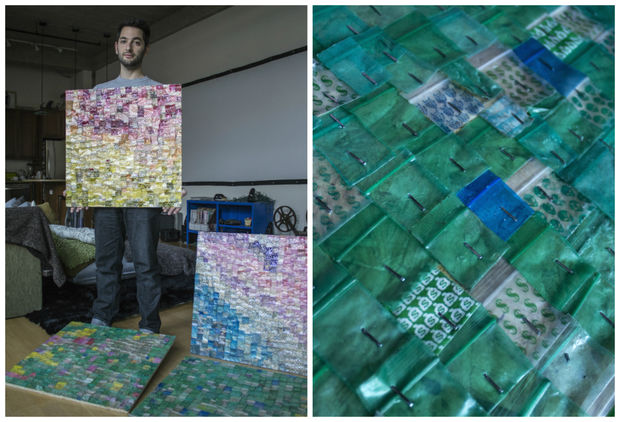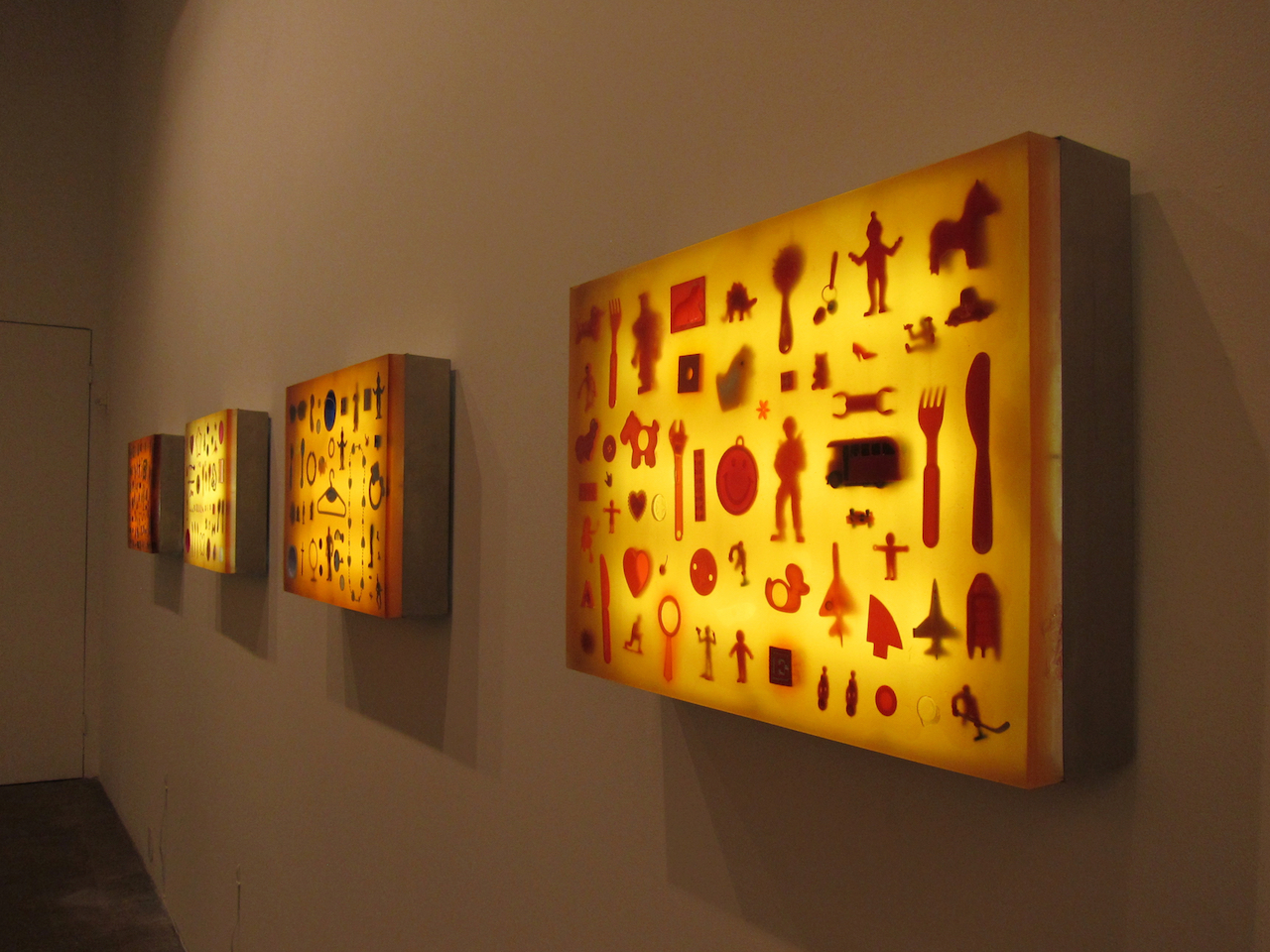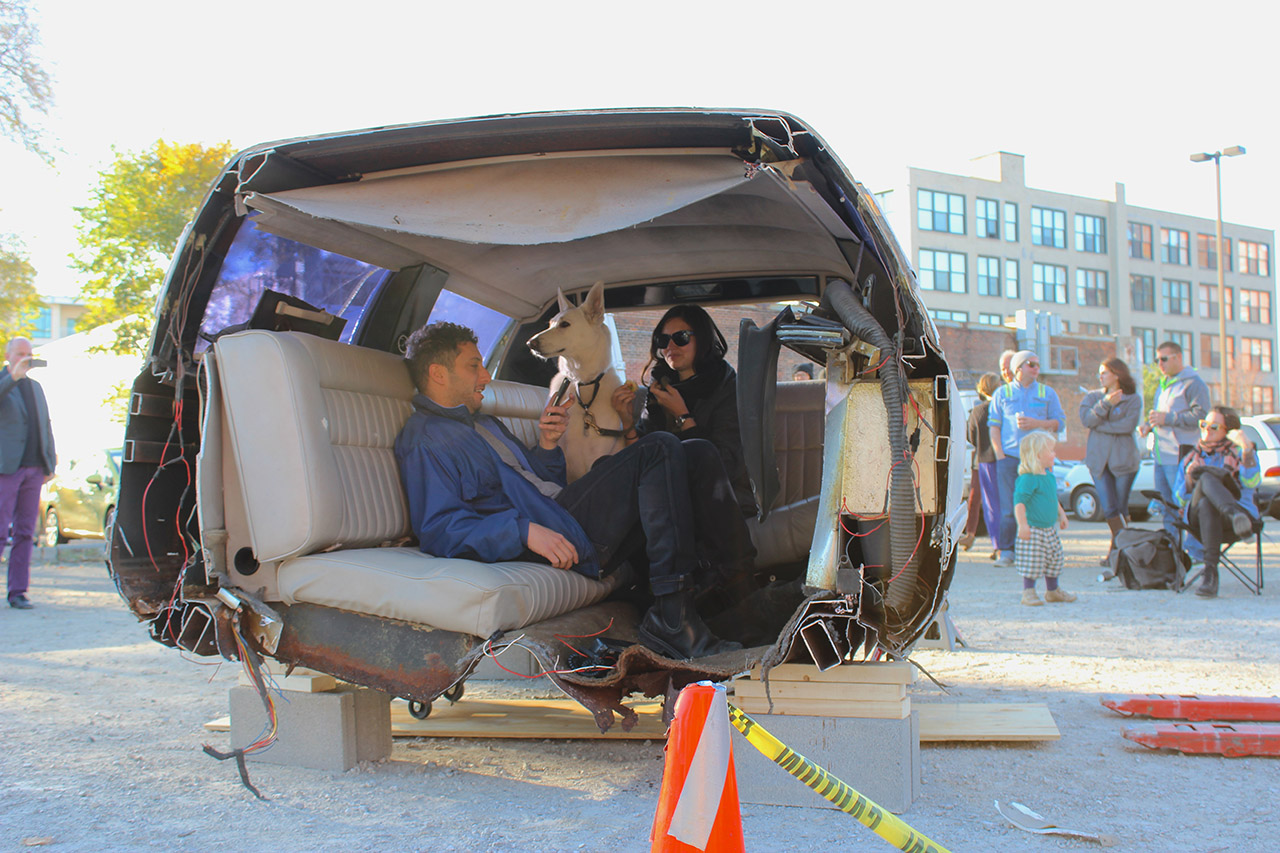
Upon first glance, it is apparent that this photo shows a rug with a colorful, incredibly detailed design. Another aspect of it that is clear to the viewer is the condition of the rug, which is obviously wrinkled in a strange manner. Further inspection reveals that these wrinkles resemble a human body—two legs swaying toward the top right hand corner, an arm (or two?) on the left side. What is not as easily determined by the viewer is that this work of art is actually not a photograph of a real rug concealing a body, but a painting of one. Spanish artist Antonio Santin has created multiple paintings illustrating this crime scene-esque concept. A sculptor as well, Santin has the spectacular ability to manipulate the configuration of the rug by means of areas of light and shadow as it conforms to the shape of the body presumably lying underneath it. Overall, it is difficult to discern whether this artwork is beautiful or disturbing. While its symmetrical nature and cool tones are pleasing to the eye, the bumps from the presence of the body act as a disruption and make the painting more haunting than pleasurable.








This is a fascinating piece. I’m especially intrigued at how the artist frames an everyday household item in a sinister air. That said, I wished the article went a little further in exploring the implications of the artist’s work. For example, what does it mean that we walk across these traces every day, literally treading on sites of memory or violence? Could the carpet be read not just as a passive backdrop but as an active archive of human behavior? Introducing these questions may result in a more engaging article.